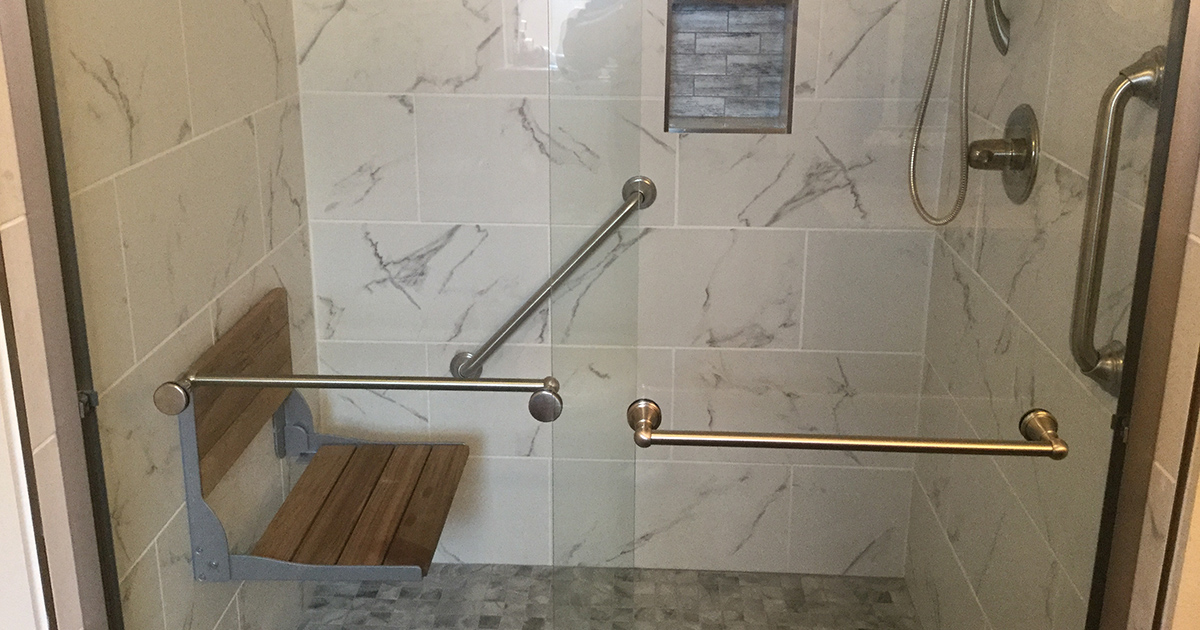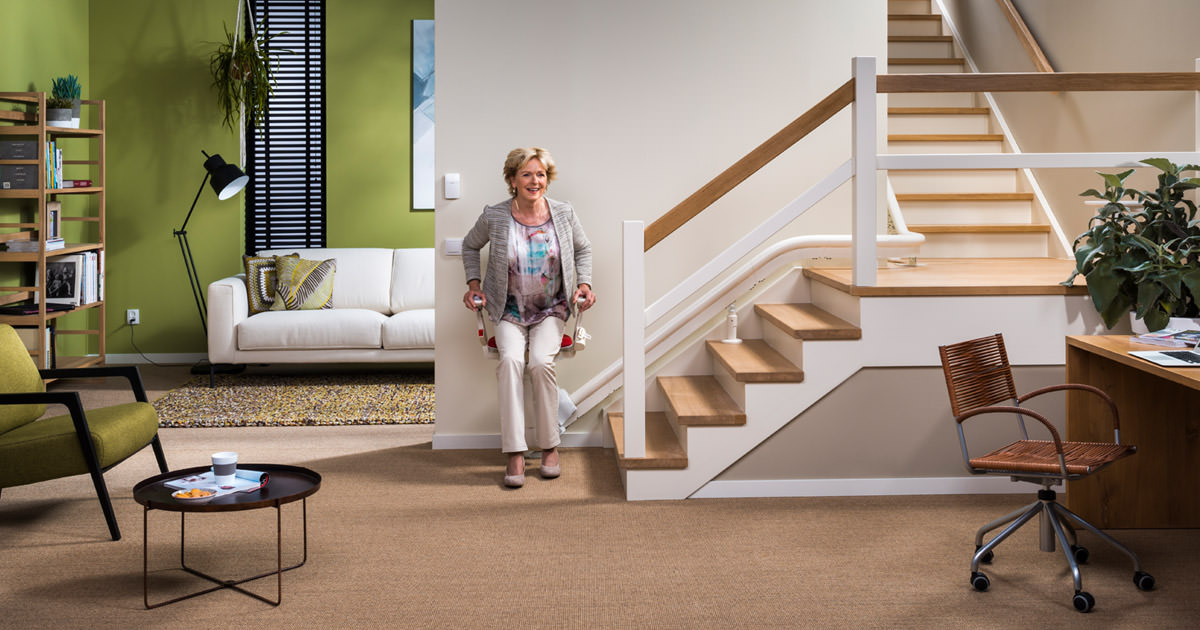How To Treat Progressive Supranuclear Palsy
Progressive supranuclear palsy (PSP) is a disorder of the brain that can cause issues with the patient’s ability to balance, walk, and have normal eye movements. In the United States, about twenty thousand individuals have PSP. It is classified as a degenerative neurological disorder, and the symptoms it causes are progressive. In addition to physical impairments, patients also tend to experience cognitive impairment and personality changes. In most cases, patients are older than sixty, but it may affect younger patients too. It is not known precisely what causes this condition, and it is often misdiagnosed as other neurodegenerative conditions, such as Parkinson’s disease, corticobasal degeneration, or Alzheimer’s disease.
Following an accurate diagnosis, some treatments may help patients slow down disease progression. Get familiar with these treatments now.
Medication

No medication can cure progressive supranuclear palsy, but some options appear to help alleviate some of the symptoms patients experience. Due to muscle stiffness and rigidity, doctors might recommend botulinum toxin. This would be injected into the specific muscles that are especially spastic, including some of the muscles surrounding the eyes. When used in the eye area, this is done to help reduce some of the abnormal eye movements. This injectable drug works by inhibiting the messages that tell the patient’s muscles to contract, resulting in muscle relaxation. If this is effective, patients generally have it done one to three times a year.
Medicines for Parkinson’s disease are also commonly prescribed. However, these generally stop providing positive results after about three years. When they are helping, they may allow the muscles to move smoothly, reducing rigidity and stiffness. These medications work by increasing dopamine levels, a type of chemical in the brain critical for ensuring muscle movements are controlled and smooth.
Continue reading to learn how a major kind of therapy can help treat this condition.
Physiotherapy

Physiotherapy might help with difficulties with balance, stiff movement, and rigid muscles. This type of therapist will perform a full evaluation to determine the specific movement impairments a patient has. From there, they can craft a complete program that fully addresses the patient’s physical deficiencies. Strength and stretching exercises are a common element with this type of therapy. This helps patients use impaired muscles more, and it aids in normal muscle function to reduce the risk of issues, such as falls and poor range of motion. This type of therapist might also perform massage, acupuncture, and posture improvement techniques. With regular treatment, patients may find it is easier to move around, and they are not as clumsy as they once were. The occupational and physical therapist often work together since they have the same goals for the patient, and when the patient undergoes these therapies simultaneously, they appear to reap the most benefits.
Continue reading to learn how a dietitian can help.
Assistance from a Dietitian

Assistance from a dietitian is often most effective when combined with speech and occupational therapies. Those with PSP are at risk for nutritional deficiencies because eating can be difficult due to swallowing issues and troubles using eating utensils, both of which a dietitian can help with. They help patients to develop a diet plan to address their specific needs. For example, if the patient is deficient in certain nutrients, the dietitian will recommend dietary changes that ensure sufficient amounts of these nutrients. They can also aid patients in food preparation techniques that make swallowing easier, so they reduce their risk of choking without having to eliminate certain foods from their diet. This type of professional may recommend things, such as juicing produce or dicing certain foods, so they are easier to chew and swallow fully. They can also offer advice about eating utensils that might be easier to work with.
Continue reading to learn about two other therapies for progressive supranuclear palsy.
Language And Speech Therapy

Difficulties with swallowing and speech are not uncommon among patients with this disorder. Thankfully, language and speech therapy can be tailored to the patient’s unique needs. Therapists might provide language intervention activities to aid the patient in being able to use grammar and vocabulary correctly, which can help them to build their language skills and find ways to work around their specific speech difficulties. Articulation therapy is common among PSP patients because it helps them to relearn how to make specific sounds. This involves moving the tongue in certain ways, so it might also aid with swallowing. Swallowing and oral-motor therapy is also commonly provided by this type of therapist. It often involves various oral exercises, such as lip, jaw, and tongue exercises, and facial massage. The end goal is to make swallowing easier and to reduce the risk of choking.
Continue reading to discover the role of occupational therapy in treating this condition.
Occupational Therapy

Those with this condition might find it hard to maintain their balance. Other physical impairments may cause difficulty in completing daily tasks. Occupational therapy is often prescribed to aid patients in improving their balance and finding alternative ways to complete daily tasks. Patients will work with a therapist to find ways to do things such as getting dressed, brushing their hair, attending to oral hygiene, and using appliances, such as grab bars and adjustable shower heads, to safely take care of their basic hygiene needs. This therapy might also include learning how to use mobility aids, such as wheelchairs and walkers. The exact therapy measures depend on the patient’s level of impairment and what daily tasks they need the most help with.
Learn more about the best ways to treat progressive supranuclear palsy now.
Special Eyeglasses

Patients with progressive supranuclear palsy can also use special eyeglasses with prism or bifocal lenses. While these don't treat the underlying disease, they can help ease problems patients may experience looking downward. There are several ocular conditions that can occur with PSP, but one of the most characteristic is vertical gaze palsy. While vertical gaze palsy occurs in other Parkinsonian conditions, it tends to be caused by a tauopathy like progressive supranuclear palsy. A 'gaze palsy' is a paralysis or inability of the eye muscles to use their full range of motion. Said palsy must affect both eyes. With vertical gaze palsy, patients may have difficulty with looking up, down, or both. The palsy occurs because there's damage to certain midbrain structures. Most patients will need two types of corrective eyeglasses to broaden their field of vision, because one pair won't be enough. One pair is used while sitting for work like reading or drawing, while the other is used for walking.
Continue for more on how to treat progressive supranuclear palsy now.
Use Of Eyedrops

One common complaint individuals with progressive supranuclear palsy have is their eyes are dry because they don't blink as often. The use of eyedrops can help with this problem. In addition, if patients struggle to open their eyes at all, some glasses can be given customized 'lid crutches' that hold the eyelids open. Dryness around the eyes can cause an irritated, scratchy, burning feeling. The majority of prescribed lubricating eye drops are designed to treat temporary dry eye causes. However, PSP patients may find it useful to use them on a long-term basis combined with other treatments. Artificial tears supplement an individual's natural tears by using some of the same essential elements found in tears. This artificial supplementation helps the tear film more easily protect the eye's surface.
Keep reading to uncover more treatments for progressive supranuclear palsy now.
Installation Of Grab Bars

The installation of grab bars can help make the home safer for individuals with progressive supranuclear palsy to continue living independently. The biggest risk for PSP patients is falling. With this in mind, adding home accommodations like grab bars to mitigate falling risks is critical. Adding grab bars and handles around the home can help patients more confidently navigate from place to place, even when their leg movement is impaired. Installed grab rails should be firmly affixed to a dwang or stud and be tested to hold a person's full weight. If used in areas like the shower, kitchen, or other potentially wet places, they should have a non-slip grip. Bars should have a visual design that's easily seen against the wall, and there should be adequate clearance between the rail and wall to keep individuals from banging their knuckles.
Get more information on ways to treat progressive supranuclear palsy now.
Use Of A Weighted Walker

The use of a weighted walker can help progressive supranuclear palsy patients with safe mobility. Standard walkers are usually made of aluminum and have four adjustable, lightweight legs. While these provide adequate stability for some individuals, those with Parkinsonian diseases like PSP may find the base too wobbly. The legs tend to wiggle, especially if the patient is experiencing body tremors. A weighted walker is designed with a solidly welded base instead, so it doesn't wobble like a lightweight aluminum walker. Most of the weight is centered in the base, so the walker has a strong center of gravity and is unlikely to tip. Some have a U-shaped base that provides protection from falls in all directions.
Learn more about managing progressive supranuclear palsy now.
Reduce Risks Of Falling In The Home

It's important to reduce the risks of falling in the home. In PSP patients, falls are the main cause of disability, injury, and potentially even death. Using assistive devices and making certain changes to the home can help mitigate these risks, allowing patients to live independently. An occupational therapist can address the patient's living environment, identify risky areas, and come up with solutions. These may involve the aforementioned grab bars or use of a walker, as well as the elimination of tripping hazards. The patient should also probably transition to living on one floor of the home or install a stairlift to reduce the chances of falling on the stairs. Occupational therapists may outfit the shower, kitchen, living areas, and highly-trafficked places with other mobility assistive devices.